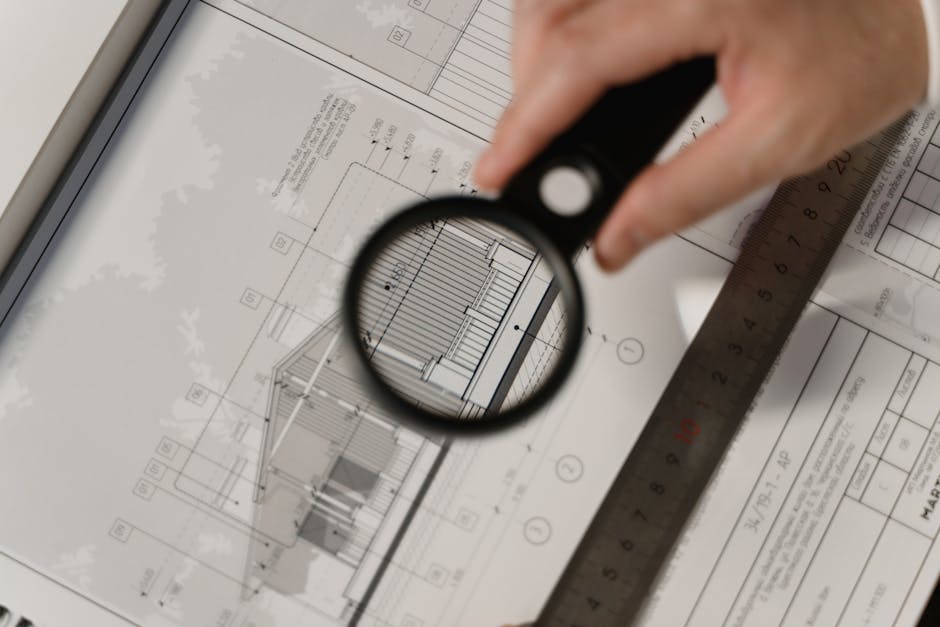Maximizing Office Space Utilization: Strategies for the Modern Workplace
“This article explores the concept of office space utilization, its importance in the modern workplace, and provides practical strategies for maximizing efficiency. Learn how to create an engaging office environment that attracts employees and boosts productivity in the era of hybrid work. ”

Maximizing Office Space Utilization: Strategies for the Modern Workplace
In today's dynamic business landscape, optimizing office space utilization has become a critical factor for organizational success. As companies adapt to hybrid work models and evolving employee expectations, the traditional concept of office space is undergoing a significant transformation. This article explores the importance of effective office space utilization and provides practical strategies for creating a productive and engaging work environment.

Understanding Office Space Utilization
Office space utilization refers to the process of effectively using an office environment for work purposes. It encompasses various aspects, including space planning, asset management, occupancy tracking, and environmental control. The primary goal is to maximize efficiency, reduce costs, and enhance productivity.
The Impact of Hybrid Work on Office Space
The rise of hybrid work models has dramatically changed how companies approach office space utilization. With employees splitting their time between remote and in-office work, organizations need to rethink their space requirements and design strategies. This shift has led to innovative approaches such as hot desking and activity-based working (ABW), which allow for more flexible and efficient use of office space.
Factors Leading to Underutilized Office Space
Several factors can contribute to low office attendance and underutilized space:
-
Long commutes: Many employees cite commuting as a significant deterrent to coming into the office regularly.
-
Lack of purpose: Without a clear purpose for in-office work, employees may see little value in commuting.
-
Limited visibility into office activity: Employees need to know who else will be in the office and what activities are planned to make informed decisions about coming in.
-
Insufficient resources and amenities: The office should offer resources and amenities that employees can't easily access at home.
-
Undesirable office layout: Uncomfortable or poorly designed office spaces can discourage attendance.

Strategies to Improve Office Space Utilization
To maximize office space utilization and create an environment that attracts employees, consider the following strategies:
1. Prioritize People Over Places
Focus on creating opportunities for collaboration, socializing, and human interaction. Facilitate brainstorming sessions that encourage teamwork and creativity. The more intentional you are about fostering connections, the more likely employees will want to come into the office.
2. Design Attractive and Functional Spaces
Create an office layout that makes people want to come in:
- Provide comfortable and ergonomic furniture
- Incorporate natural lighting and greenery
- Design spaces that encourage collaboration
- Consider acoustics to minimize distractions
3. Implement User-Friendly Technology
Invest in technology that makes coming into the office frictionless:
- Desk booking software for hot desking arrangements
- Meeting room scheduling systems
- Collaboration tools that seamlessly integrate in-office and remote work
4. Address Common Challenges
Identify and eliminate barriers that prevent employees from coming to the office:
- Offer commuter benefits or parking vouchers
- Provide discounted meals or snacks
- Ensure a good work-life balance for hybrid workers
5. Leverage Office Space Management Software
Implement comprehensive workplace management solutions that help bridge the gap between people and office space. These tools can:
- Communicate office events and activities
- Facilitate easy scheduling of office visits
- Provide data and analytics for continuous improvement

The Importance of Data-Driven Decision Making
To truly optimize office space utilization, it's crucial to rely on data and analytics. Workplace analytics tools can provide valuable insights into:
- Peak usage times and patterns
- Most popular areas or amenities
- Underutilized spaces that may need repurposing
By analyzing this data, you can make informed decisions about office layout, resource allocation, and future space planning.
Embracing Flexibility and Adaptability
As the nature of work continues to evolve, it's essential to maintain a flexible approach to office space utilization. Be prepared to adapt your strategies based on employee feedback, changing work patterns, and emerging technologies. Regular surveys and open communication channels can help you stay attuned to your workforce's needs and preferences.
Conclusion: Creating a Dynamic Workplace
Maximizing office space utilization is about more than just efficient use of square footage. It's about creating a dynamic, engaging environment that supports collaboration, productivity, and employee well-being. By implementing the strategies outlined in this article and staying responsive to your team's needs, you can transform your office into a vibrant hub that employees genuinely want to visit.
Remember, the goal is to make your office space earn its keep by becoming a desirable destination for your workforce. With the right approach, you can create a workplace that not only optimizes space utilization but also enhances your organizational culture and drives business success in the era of hybrid work.